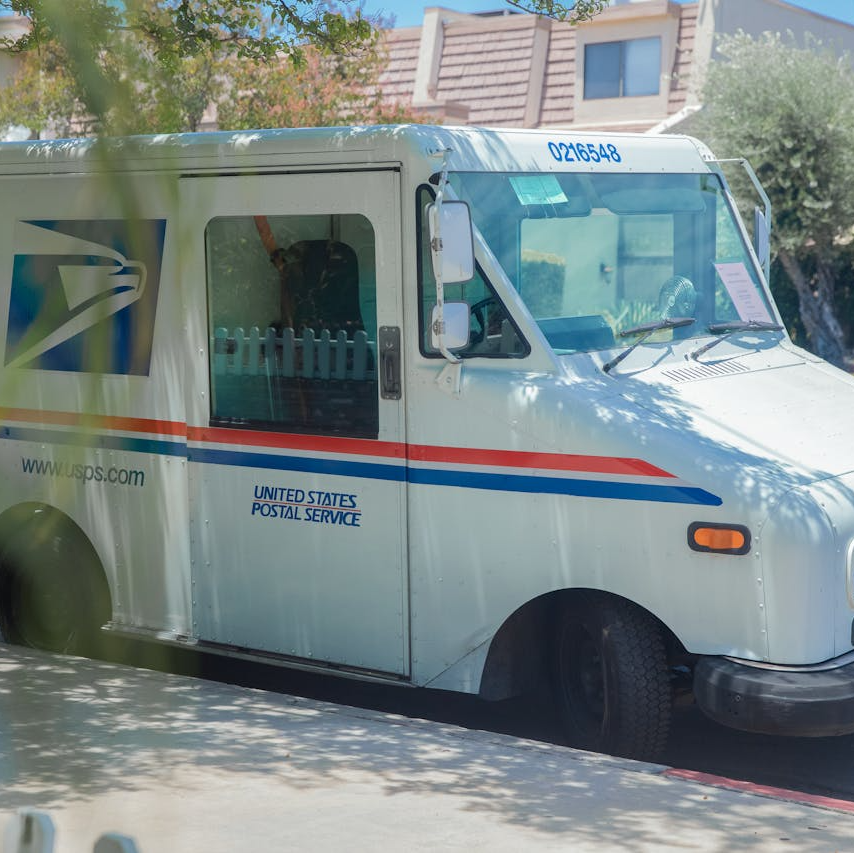Key Takeaways
-
The Postal Service Health Benefits (PSHB) program provides a range of healthcare benefits designed specifically for USPS employees, retirees, and eligible family members.
-
Understanding aspects like coverage options, Medicare integration, cost-sharing, prescription benefits, and additional services can help you make informed decisions about your healthcare.
What Makes PSHB a Healthcare Powerhouse?
When it comes to healthcare coverage, the Postal Service Health Benefits (PSHB) program stands out as a dedicated system tailored for USPS employees and retirees. With its structured benefits and cost-sharing strategies, PSHB offers coverage that aligns with the unique needs of postal workers and their families. Whether you’re actively employed or retired, understanding the full range of PSHB benefits can help you maximize your healthcare choices. Here’s a deep dive into five crucial aspects that make a difference in your coverage.
1. Comprehensive Coverage Tailored for Postal Workers
PSHB plans are designed specifically for postal employees and annuitants, ensuring they receive well-structured benefits that cater to their unique healthcare needs. Unlike general federal healthcare options, PSHB takes into account the demands of postal work, providing robust coverage that includes:
-
Preventive care services such as routine check-ups, screenings, and vaccinations.
-
Hospitalization benefits covering inpatient and outpatient procedures.
-
Specialist visits and emergency medical services.
-
Maternity care, mental health support, and rehabilitative services.
The program offers plans that balance affordability with extensive coverage, ensuring that both active employees and retirees receive essential healthcare services without excessive financial burden.
2. Medicare Integration: Maximizing Benefits for Retirees
If you’re a retired postal worker or approaching retirement, Medicare integration is a crucial factor in your healthcare planning. PSHB aligns with Medicare to offer comprehensive benefits that work together to reduce costs and expand coverage options.
-
Medicare Part A & PSHB: Since most retirees qualify for Medicare Part A without a premium, it serves as a primary coverage source for hospital stays, while PSHB helps cover additional costs such as deductibles and coinsurance.
-
Medicare Part B Enrollment: If you’re required to enroll in Medicare Part B, PSHB plans often provide enhanced benefits, such as waived deductibles or reduced copayments, making it a valuable addition to your healthcare strategy.
-
Prescription Drug Coverage: Retirees enrolled in Medicare and PSHB typically benefit from a Medicare Part D Employer Group Waiver Plan (EGWP), which helps manage prescription costs more effectively.
By coordinating Medicare with PSHB, retirees can significantly lower their out-of-pocket healthcare expenses while maintaining access to a broad network of providers.
3. Cost-Sharing: Deductibles, Co-Payments, and Out-of-Pocket Maximums
Understanding how cost-sharing works in PSHB plans can help you anticipate healthcare expenses and manage your budget effectively. The program includes various cost-sharing elements such as:
-
Deductibles: Some PSHB plans have annual deductibles that must be met before coverage begins, while others may waive deductibles for certain in-network services.
-
Co-Payments: Fixed amounts you pay for doctor visits, specialist consultations, and prescription drugs.
-
Coinsurance: A percentage of costs you pay for specific services after meeting your deductible.
-
Out-of-Pocket Maximums: These caps ensure that once you reach a certain amount in covered expenses, PSHB takes care of the remaining costs for the year.
By reviewing cost-sharing details, you can select a PSHB plan that aligns with your healthcare needs and financial situation, ensuring that your out-of-pocket expenses remain manageable.
4. Prescription Drug Benefits: Managing Medication Costs Effectively
One of the standout aspects of PSHB plans is their approach to prescription drug coverage. With medication costs rising, having a well-structured pharmacy benefit can make a substantial difference in your overall healthcare expenses.
-
Medicare Part D Integration: If you are a retiree enrolled in Medicare, your PSHB prescription drug coverage operates through a Medicare Part D Employer Group Waiver Plan (EGWP), ensuring cost-effective access to essential medications.
-
Tiered Drug Pricing: PSHB plans typically use a tiered formulary, categorizing medications into different pricing levels, allowing you to choose cost-effective options when available.
-
Mail-Order Pharmacy Services: Many PSHB plans offer convenient mail-order options that allow you to receive long-term prescriptions at lower prices.
-
Specialty Drug Coverage: For those requiring high-cost specialty medications, PSHB plans often provide support programs to reduce out-of-pocket expenses.
By understanding the pharmacy benefits included in PSHB, you can effectively manage medication costs and ensure access to necessary prescriptions without financial strain.
5. Additional Benefits That Enhance Your Healthcare Experience
Beyond basic medical and prescription coverage, PSHB plans offer additional benefits that contribute to overall wellness. Some of these include:
-
Telehealth Services: Many PSHB plans include virtual doctor visits, providing access to healthcare professionals without the need for in-person appointments.
-
Preventive Care Incentives: Some plans encourage preventive screenings and wellness checkups by offering incentives or reduced cost-sharing for these services.
-
Dental and Vision Coverage: While not included in all plans, some PSHB options provide access to dental and vision benefits, helping cover routine exams, glasses, and dental procedures.
-
Chronic Condition Management: PSHB plans often include resources to help manage chronic conditions such as diabetes, heart disease, and hypertension, including specialized care programs and medication management.
-
Mental Health and Behavioral Services: Coverage for therapy, counseling, and mental health treatment is integrated into many PSHB plans, ensuring access to necessary psychological support.
These additional benefits help round out your healthcare coverage, ensuring that PSHB isn’t just about treating illness but also about maintaining overall health and well-being.
Make the Most of Your PSHB Coverage in 2025
The Postal Service Health Benefits program provides a solid foundation for healthcare coverage, whether you’re an active USPS employee or a retiree. By understanding the core aspects of your PSHB plan—comprehensive medical coverage, Medicare integration, cost-sharing structures, prescription drug benefits, and additional wellness services—you can make informed decisions that enhance your healthcare experience while managing costs effectively.
If you have any questions about choosing the right PSHB plan or how it integrates with Medicare, getting in touch with a licensed agent listed on this website can provide clarity and guidance tailored to your specific needs.











